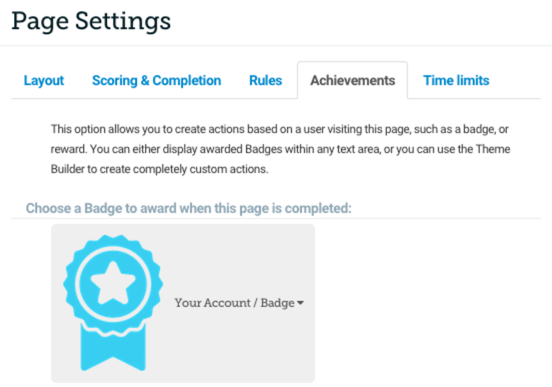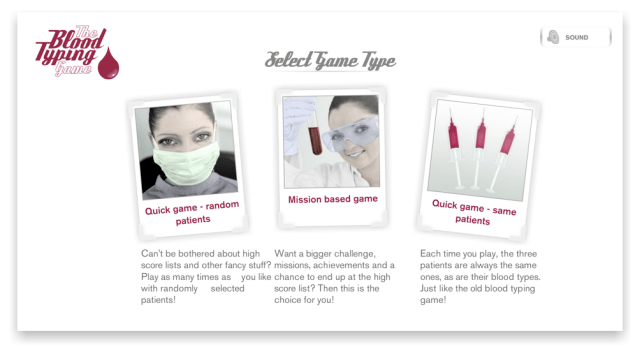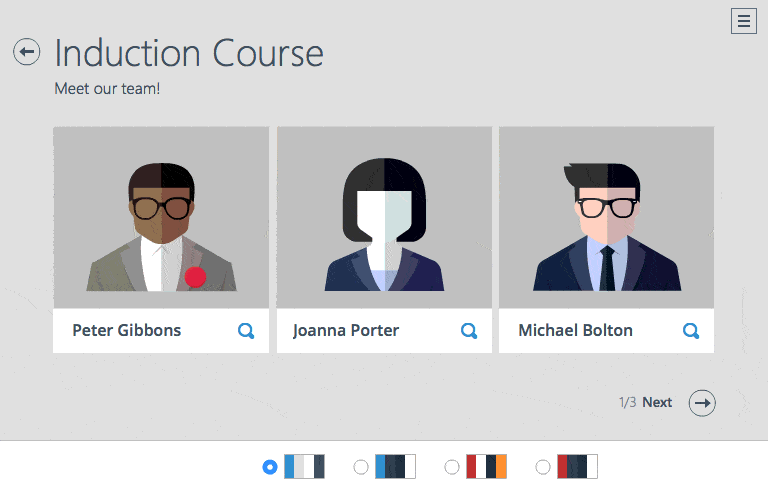What Is A Learning Portal?
A learning portal is a gateway to all the courses, resources, and instruments that facilitate teaching and learning. Technically speaking, it’s a website that acts as a repository for teaching and learning materials. It’s a place where you store all your documents, podcasts, videos, presentations, and so on.
Learning portals can also include applications that facilitate communication: Discussion forums, messaging services, email, calendars, and so on. In its simplest form, a learning portal can be a shop-front where your learners can discover or be assigned content. In its complex form, a portal can be an ecosystem for managing all teaching and learning.
Whether simple or complex, a learning portal must:
- Let your learners get into the system and keep out those who aren’t registered.
- Provide easy routes for learners to navigate through the content. You don’t want your learners stepping over pools of alligators or having to pass through cages of lions along the way!
With that in mind, here are 7 points to consider when selecting a learning portal.
1. Learning Portals must personalize the learning journey.
One size no longer fits all. The key to a successful modern-day learning strategy is to move away from the sheep-dip and toward the shop-front model. A learning portal is the most effective means by which today’s learner can get to content that’s relevant to them and their organization.
To make your portal as flexible as possible, you need to keep each piece of content disaggregated and chunked into small discernible parts. Why? Because this makes it easier for you to create a variety of courses or programs.
For example, imagine you have a minute of really good video that helps explain a new product. By keeping it small, you can provide it as a stand-alone object in your library of content (even if it’s also included in a longer eLearning module). This provides your learners with additional options for accessing content that’s of interest to them.
2. Learning Portals must make content “discoverable”.
This is one of the most difficult things to achieve. A learning portal, by its very definition, needs to make it easy to access content quickly. Portals need to provide multiple routes to content, and they need recommendation systems that suggest content that is relevant to learners.
A great way to achieve this is to embrace the “like/dislike” feature that is popular on social media sites. By asking learners to recommend (or like) content, the content can be organized in such a way that it suits the learners.
3. Learning Portals must be flexible.
Large or diverse organizations need a learning portal that offers sufficient flexibility to customize the learning journey and to customize the look and feel of the learning environment. Different departments have different needs and wants, so it’s important for large organizations to find a solution that offers flexibility.
You may also have experts who want to manage their own learning resources. In this instance, look for a tool that gives you design control so you can structure how the content is presented.
Elucidat is a tool that can give you design control while providing authors with the flexibility to change brand identity and content.
4. Learning Portals must enable community interaction.
A learning journey shouldn’t be a lonely experience. While it is important to encourage self-directed autonomous learning, you should provide opportunities for learners to interact with other learners and teachers.
Discussion forums, blogs, and sharing buttons are great communication tools that can create an environment that encourages learner-learner and learner-teacher interaction around the content.
5. Learning Portals must recognize achievement.

Use your learning portal to recognize learner achievements. Give awards to those who complete courses and finish programs of study. Smaller achievements can be recognized by using a system of badges that are awarded after specific course goals have been met.
Make sure you choose a tool that lets you build badges into each level of your course. This provides learners with a sense of achievement - or a progress report – that keeps them motivated to complete the course.
6. Learning Portals must blend online and offline learning.
A learning portal can do so much more than simply act as a gateway to your online courses. As part of your overall learning strategy, you’ll want to be looking at value-adding as well as efficiency saving.
If you are using face-to-face training in combination with online training, you should provide routes in and out of the portal so learners can access information online while they are involved with face-to-face training.
For example, consider letting learners access the content online before they attend a scheduled mini master class or lunchtime huddle. By promoting these lunchtime huddles through the portal, you can bring online learners into an offline environment where they can discuss the content with a facilitator or expert.
7. Learning Portals must be accessible on all devices.
The modern learner wants to learn on the go. Your portal must be accessible and easy to use across a range of devices so that the learning can begin at the desk and then continue on smart devices. Choose a tool that synchronizes learners’ progress across multiple devices.
Conclusion: What Makes A Good Learning Portal?
In summary, here are 5 features every learning portal should have:
- It encourages your learners to be independent.
- It enables your learners to curate content that’s relevant to them.
- It provides multiple learning journeys.
- It allows learners to communicate and connect with other learners and their teachers.
- It allows learning to take place in all contexts across all devices.
For inspiration, take a look at these 3 great examples of learning portals:
- Jurys Inn: Learning portal awarded silver in the ‘Best LMS Implementation’ category
- Sky: Global LMS trains 36,000 learners
- Plan International: Plan Academy is a learning community
Stay on top of the latest eLearning ideas, trends, and technologies by subscribe to the Elucidat weekly newsletter.




